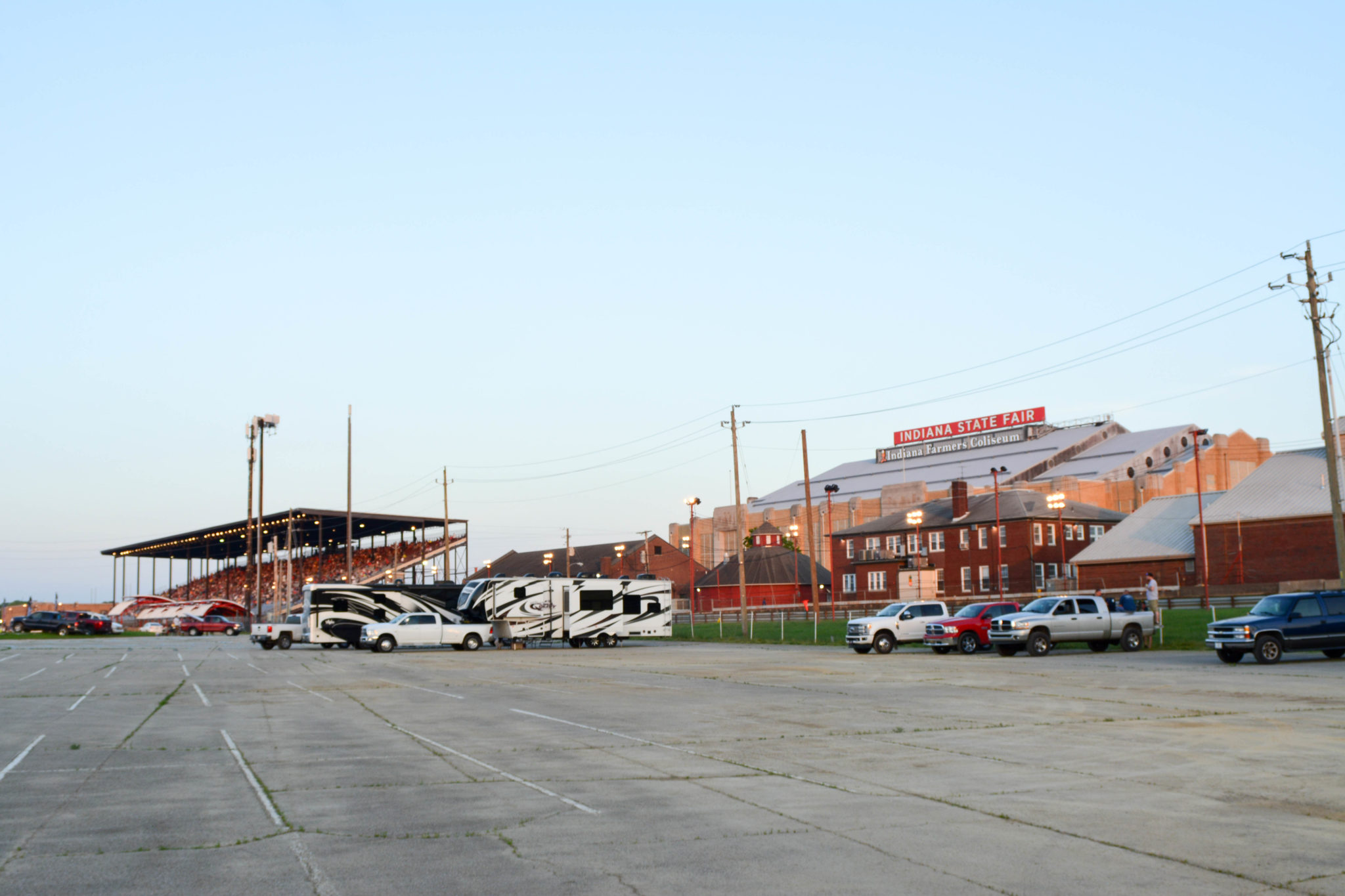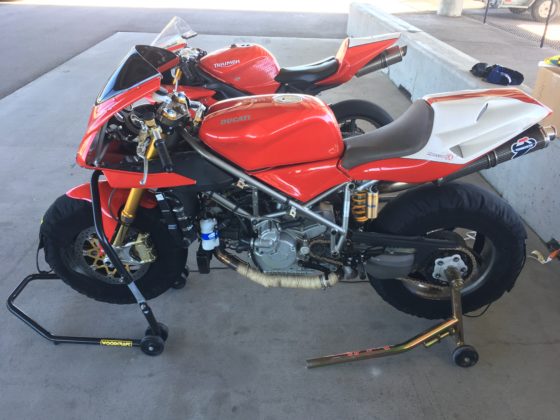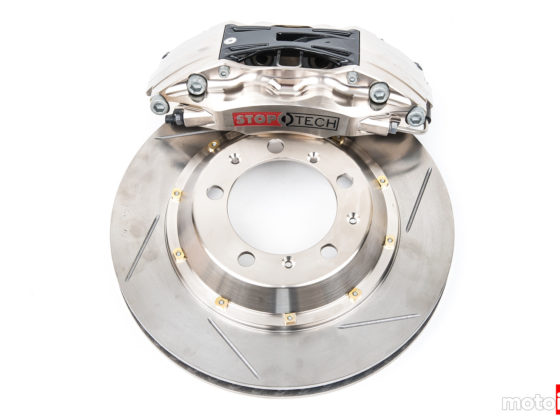We’ve already covered the official IndyCar sanctioned events that lead up to the Indianapolis 500, but if you instead look at the USAC calendar, you’ll find out that there’s a whole lot more going on than just IndyCar. Specifically, there are four major events that are run before the big show: the Tony Hulman Classic held on Wednesday, the Hooiser Hundred held on Thursday, the Carb Night Classic held on Friday, and the Little 500 held on Saturday. All of these races lead up to the Indy 500 on Sunday of course. Attending them all is an absolute marathon, but we made a special trip to the Indiana State Fairgrounds this year because 2019 marked the 64th and final Hooiser Hundred.

Let’s start with a bit of history: IndyCar wasn’t always known as IndyCar. For many years it was actually known as Championship Racing and run by AAA. From 1902 to 1955, oval racers of all sorts were sanctioned by AAA and included Midgets (small, 4-cylinder cars), Sprints (aka Big Cars with V8 engines) and Champ Cars (which were even larger and ran a variety of engines). The ladder to Champ Car included fairground races, dedicated asphalt tracks, and in the 1910s and 20s, board track racing, an insane sport that I highly recommend you Google. In 1955, AAA decided to stop sanctioning racing after the tragic death of Bill Vulkovich at the 1955 Indy 500, and the LeMans disaster of the same year. Tony Hulman, who had bought and renovated the Indianapolis Motor Speedway after World War II, created the United States Auto Club (USAC) to take over the sanctioning of Champ Car racing. For the next 25 years, USAC sanctioned all of Champ Car racing and for 15 of those years, the Championship trail included both paved and unpaved ovals (though no road courses).

By 1970, the dirt ovals had been dropped: in 1963, Colin Chapman and his Team Lotus cars had proved that light, formula style racers were the best choice on paved tracks. Their superior speed and handling crushed the dominant roadsters, forcing all paved racers to move to rear engined cars if they wanted to compete. This pushed out the front engine dirt track specialists and by 1970, dirt racing was lost from Champ Car. In 1979, the Champ Car teams banded together and formed Championship Auto Racing Teams (CART) which broke away from USAC to sanction their own races. With severely depleted car counts, USAC dropped Championship Racing, but continued to sanction the Indy 500 with the CART teams participating and filling most of the field.

The more modern history is fairly well known: in 1996 Tony George, then the owner and president of IMS, decided to form his own open wheel racing series (the Indy Racing League) in the same vein as the old USAC Champ Car days. This alienated CART and caused The Split where both George’s IRL and CART raced in similar cars, but in separate championships. The IRL locked CART out of the Indy 500 by guaranteeing 25 of the 33 starting positions for IRL only teams. The Split ruined IndyCar, reducing attendance at the Indy 500 by 20% in its first year alone. IndyCar in the early 90s was big enough to keep Formula 1 out of the US and was more than a match for NASCAR which a growing, but largely regional series. By the turn of the millenium, NASCAR had sucked up all of IndyCar’s annoyed and confused fans, Formula 1 was running its first USGP at Indianapolis, and the IRL was being overrun by CART teams desperate to win at Indy again. This split lasted until 2008 when CART (now known as the Champ Car World Series) went bankrupt and the IRL bought CART’s remaining assets, reforming American open wheel racing into the IndyCar Series we know today.




